Use this set of 24 task cards to practise evaluating expressions with a single variable.
What Does It Mean to Evaluate an Expression?
In maths, evaluating an expression means finding the numerical value of that expression when given specific values for any variables or constants present in the expression.
Expressions are made up of numbers, variables and mathematical operations such as addition, subtraction, multiplication, and division. For example, consider the expression: 3x + 5, where x is a variable.
To evaluate this expression for a specific value of x, say x = 2, we substitute the value of x into the expression and perform the required operations:
3x + 5 = 3(2) + 5 = 6 + 5 = 11
Therefore, when x = 2, the value of the expression 3x + 5 is 11.
Year 7 Maths Practise Problems
Teach Starter has created a set of 24 task cards you can use with your students during your expressions and equations unit. The cards include a variety of question styles, such as numerical answers, multiple choice, word problems, true or false and error analysis.
Through this activity, students will practise evaluating and solving expressions with variables.
Tips for Differentiation + Scaffolding
A team of dedicated, experienced educators created this resource to support your maths lessons.
In addition to individual student work time, use this set of task cards to enhance learning through guided math groups, whole class lessons or remote learning assignments.
If you have a mixture of above and below-level learners, check out these suggestions for keeping students on track with the concepts:
🆘 Support Struggling Students
For students who need additional support, provide them with a multiplication chart to help with basic maths facts.
➕ Challenge Fast Finishers
For students who need a bit of a challenge, have them create 4 expressions with variables and an answer key for a friend to solve.
🛴 Scoot Activity
Place the cards around the room in numerical order and give each student a recording sheet. Assign students or pairs to a starting point card. Give students time to review the card and record their answers in the corresponding space on their paper. Students will rotate to the next card when you say, ‘SCOOT!’ Continue in this manner until students return to their starting point.
👋 Exit Ticket
Use these cards as a formative assessment after your lesson. Pick a random assortment of cards and project them on the board for the whole class to see. Students can record their answers on a sheet of paper, sticky note, or their notebook.
Easily Prepare This Resource for Your Students
Use the dropdown icon on the Download button to choose between the the colour PDF, black and white PDF or Google Slides version of this resource. A recording sheet and answer key are also included with this download.
Print on thick card for added durability and longevity. Place all pieces in a folder or large envelope for easy access.
To keep the task cards out of pockets or under desks, punch a hole in the corner of each to place them on a binder ring.
Sustainability Tip: Print a few recording sheets on thick card and slip them into dry-erase sleeves. Students can record their answers with a whiteboard marker, then erase and reuse them.
This resource was created by Cassandra Friesen, a Teach Starter Collaborator.
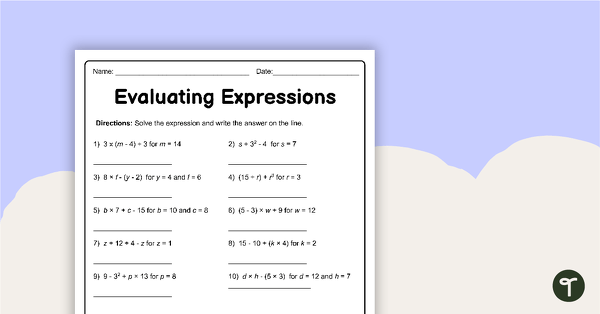
teaching resource
Evaluating Expressions – Worksheet
Challenge your students to evaluate expressions with one or two variables by completing this worksheet.
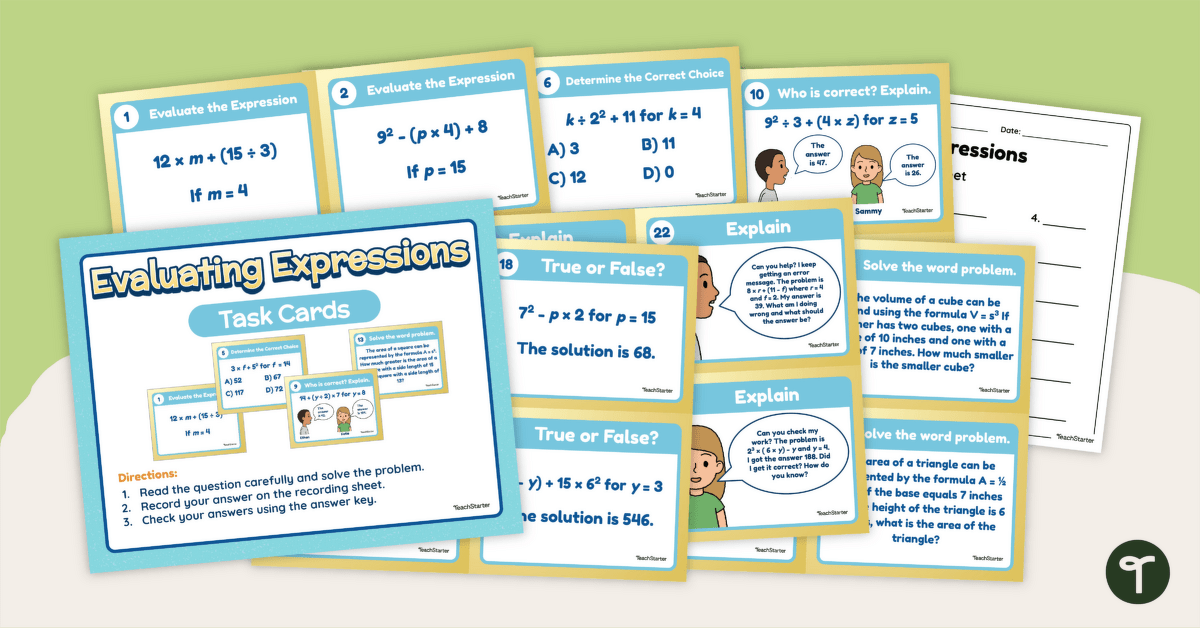

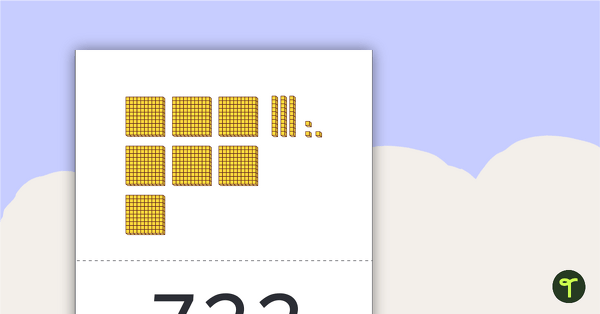
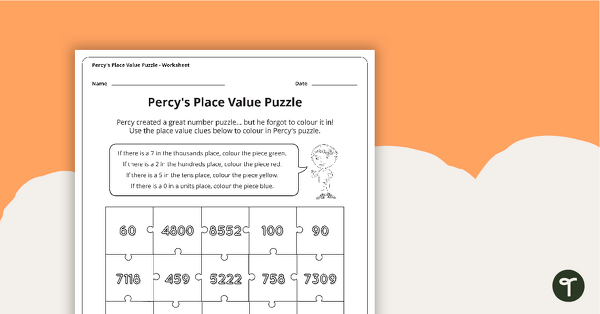
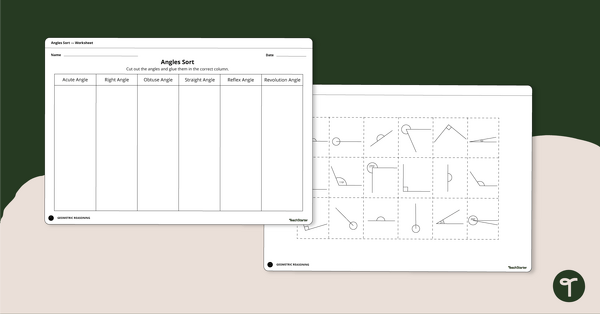


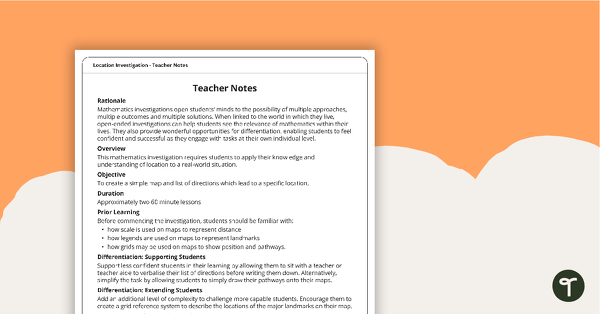
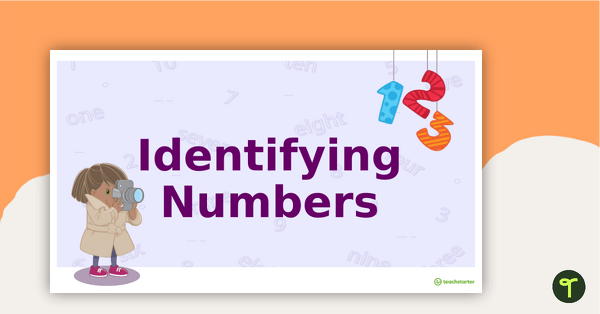
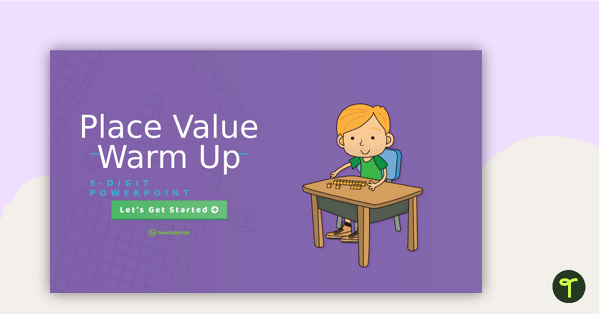

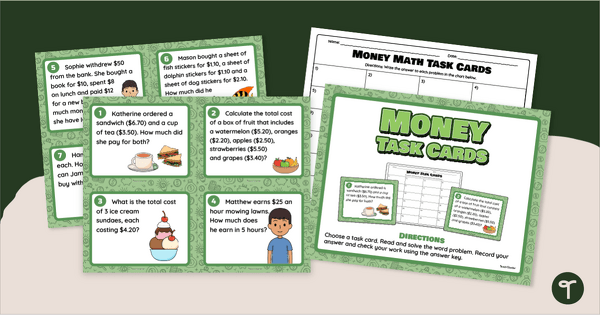
0 Comments
Write a review to help other teachers and parents like yourself. If you'd like to request a change to this resource, or report an error, select the corresponding tab above.